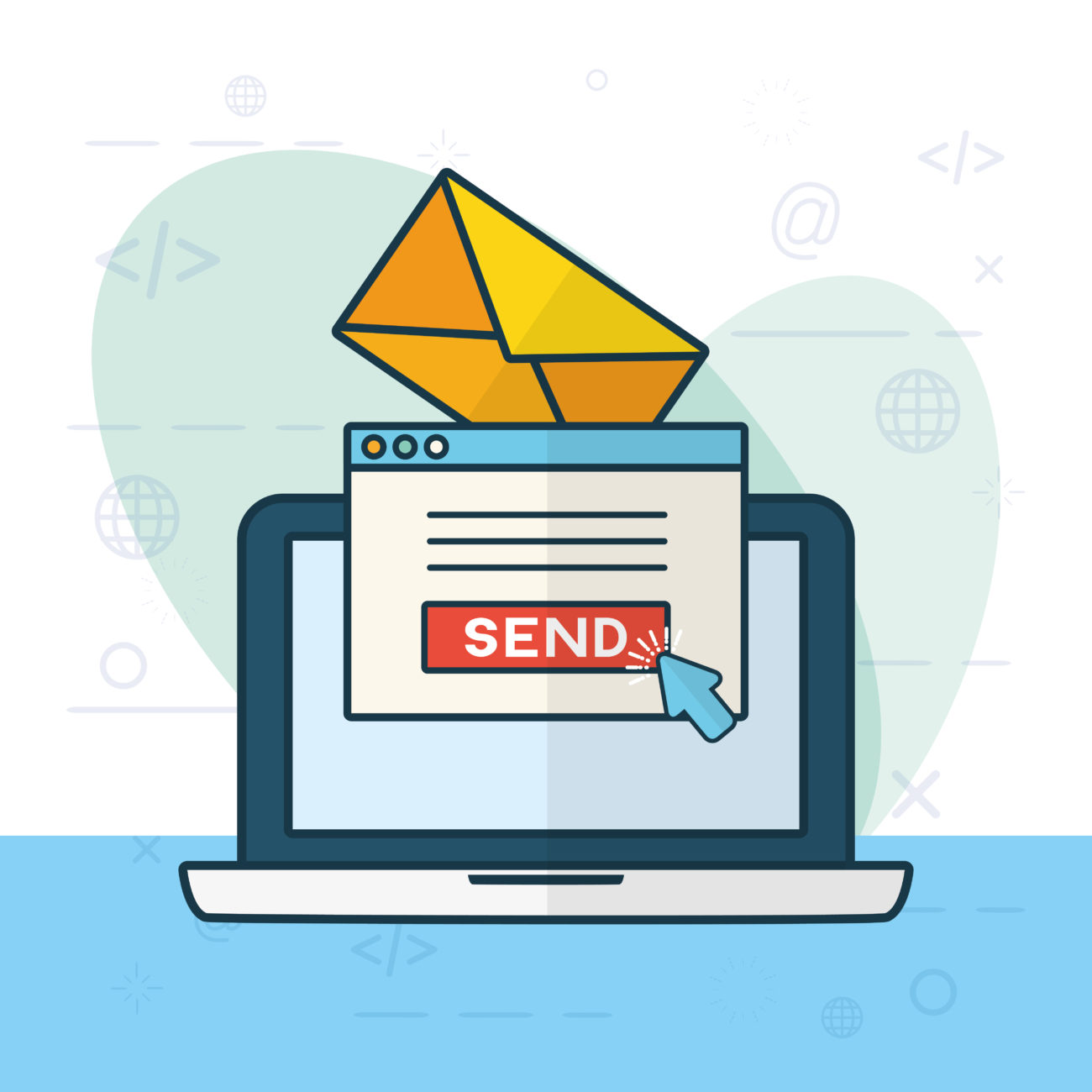After attending an event, a company received an offer from the organizer: for a fee, they would receive a bulk list containing the email addresses of all the attendees.
Their industry is small and highly specified, and a list of hundreds of potential clients would be a huge boon, but they asked for our advice before making a decision. We thought our response could be useful to other marketers.
Understanding Opt-In
If you’re reading this, it’s a near certainty you receive tons of emails you’ve never expressly signed up for. These wouldn’t exist but for bad email sending platforms that don’t care about domain credibility (or their own credibility) and who allow unsolicited bulk email sends. They also don’t expressly follow CAN-SPAM regulations, which means there is essentially no recourse. But there is a reason why 90%+ of those emails you do receive end up in your spam folder – either you don’t like them and mark the emails as spam or they were automatically put in that folder.
To combat spam, all reputable email service platforms (such as SharpSpring, HubSpot, Salesforce, Constant Contact, and Mailchimp) have strict policies to protect themselves—and your domain credibility. These policies typically refer to opting-in as expressly agreeing to receive marketing emails from a specific entity. In contrast, an event selling the information of its attendees would be considered forced opt-in or co-registration, which is generally against best practices and considered spammy.
Because the sale of email lists is an excellent source of profit that costs the seller absolutely nothing—except perhaps their reputation—most conferences and conventions won’t tell you this in advance. It also helps that they’re not legally liable for what you do with the information.
The danger lies in sending emails to potential customers who haven’t expressly opted to receive them, so the best course of action is simply to ensure your bulk emails are only going out to people who have opted in.
What To Do with Purchased Bulk Email Lists?
Our advice in this situation is to send manual emails to each of the contacts, one-by-one, and include language with a link to expressly opt-in to other emails. It’s far more respectful, and people will generally have a better perception of your business. This is an arduous and labor-intensive process, but the risk of harming your email sender health or blacklisting your domain is too great.
Here are a few more ideas to explore in the future:
- Give out forms at your booth to allow attendees to directly opt-in to emails
- This does not include the exchange of business cards—doing so indicates permission to direct communication and is certainly allowed.
- In one-off email sends after the event, give an offer or incentive to have potential customers continue engaging (an eBook, webinar, etc.).
- Perhaps try sending post-event postcards. Funny enough, mail is unique enough these days to help you stand out!
- Reach out to contacts via LinkedIn InMail, as doing so avoids email sender reputation altogether (though be mindful of your social reputation!).
Are Event Email Lists Useless?
We’ve outlined some uses for these lists, so it’s clear they have utility in specific situations. However, the time and effort required to responsibly take advantage of a bulk email list (even in a smaller industry) makes them a laborious and inefficient option in contrast to more organic outreach methods. Generally, don’t buy them…. cultivate your own audience!
Struggling with a lack of insight into your sales funnel? Our free Marketing Automation Guide is your go-to resource for collecting better data and turning prospects into conversions.





